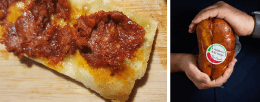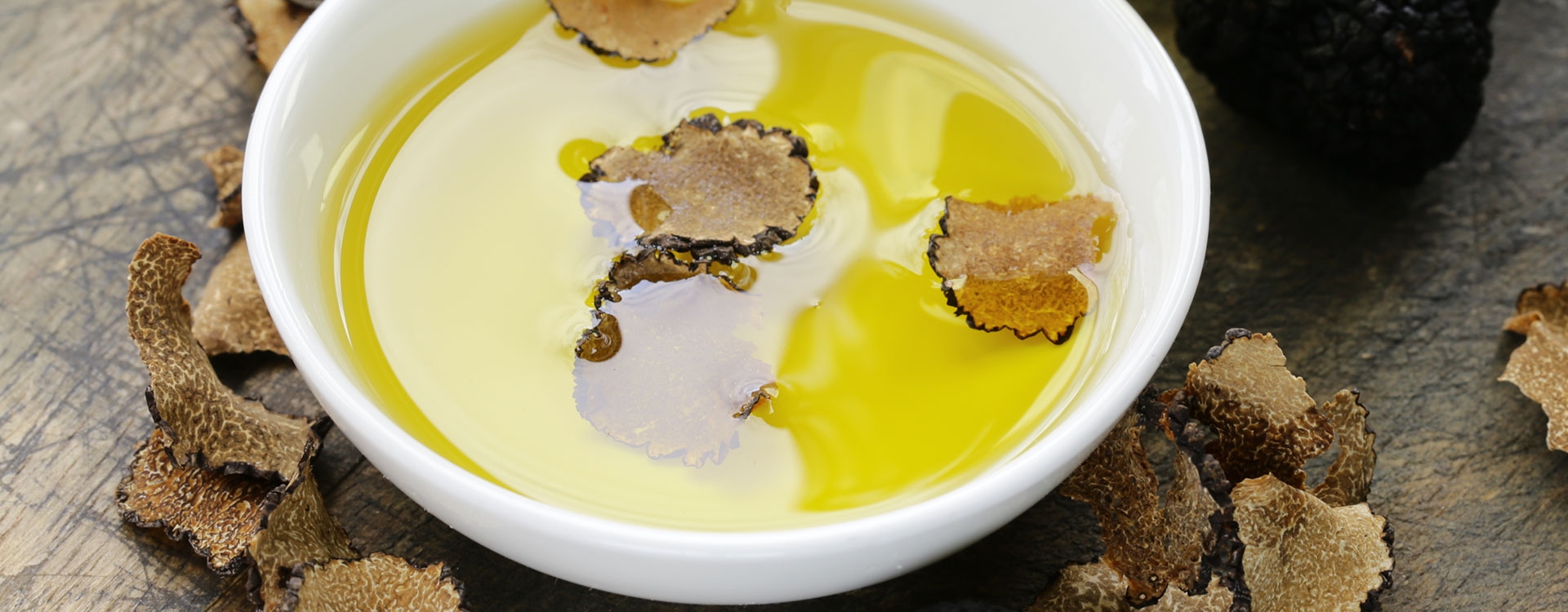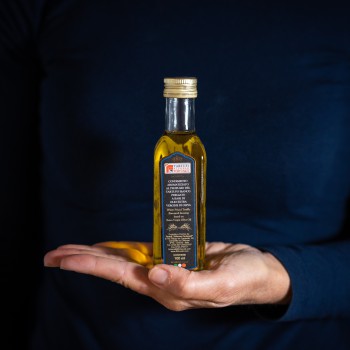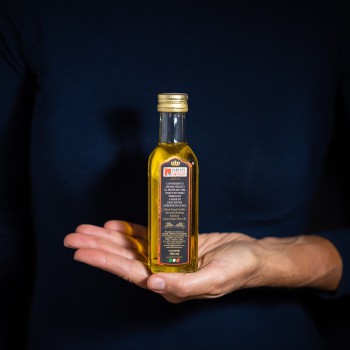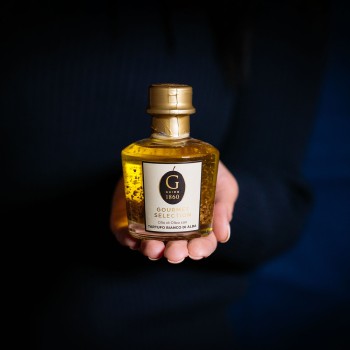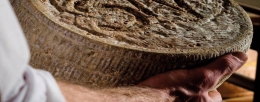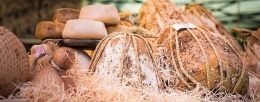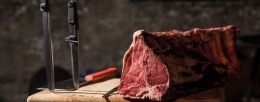Ferragosto is approaching, whip out the picnic baskets! What are we taking? All quick preparations to make and practical to carry and eat - dishes and cutlery are hardly needed! The secret? The best Italian cured meats.
Truffle oil, how to use it in the kitchen
Truffle oil is one of the most beloved condiments. Two drops of this oil are enough to lend personality to each dish and provide an explosion of flavour and scent.
Italian extra virgin olive oil and fine truffle: this combo can only result in a true delicacy. Everything makes sense so far, but let’s be honest: out of 100 bottles of truffle oil that we may find on the market, only a small percentage actually contains prime-quality ingredients.
Truffle oil is an excellent product on paper, but it unfortunately often has a low quality in real life. Truffle oil could be a prime-quality product just as well as a horrible concoction.
Where does the difference lie? How to choose the best? I’m going to tell you a secret that everyone actually already knows: always read the label.
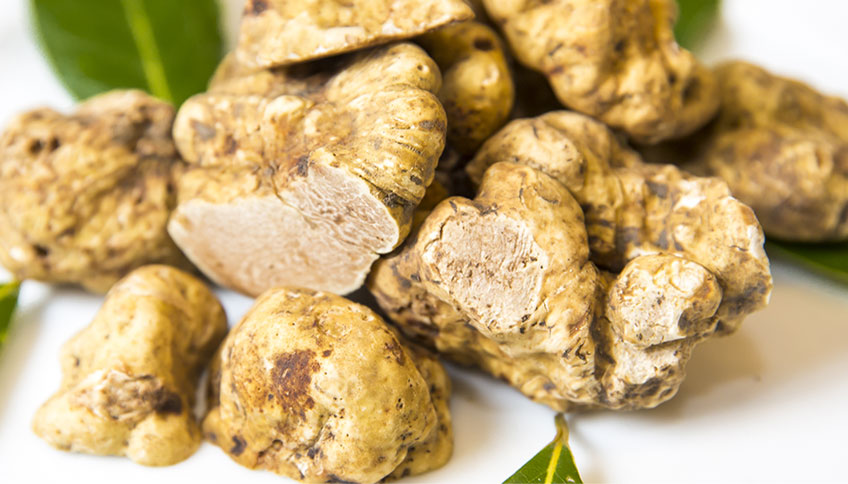
Quality of ingredients
Let’s start by talking about olive oil: it should only be Italian. If you end up buying olive oil from outside of the EU, don’t go around complaining that it tastes like petrol.
And then – the star – our beloved truffle. You are probably wondering “white or black truffle?”, but that’s not the point. There obviously is a difference of aroma - and of price - between summer truffles and Alba white truffles, but what matters the most is the quality of ingredients.
White truffle oil isn’t necessarily better than the other ones. It’s best to choose a good-quality black truffle oil with the right quantity of truffle, rather than a dubious “fine white truffle oil” only containing truffle flavour that might also end up being artificial.
Quantity matters. Truffle oil is an intense condiment that should be carefully measured out. That being said, if I purchase truffe oil, I want to be able to taste the truffle. What am I supposed to do with an oil containing only 0.5% truffle and plenty of chemical aromas? That’s why it is important to always read the label.
And then comes...
The one and only oil WITH truffle. What’s the difference? Take a look at it; you can not only smell, but also see truffle here. Real truffle shavings guarantee an absolute quality. What more can we ask for? A high-quality oil enriched with precious Alba white truffle shavings– an actual gem.
Let’s take a look at the amount of truffle. An oil containing half a gram of truffle isn’t obviously as intense as an oil containing six/seven grams of truffle. Prices vary accordingly, too. But this truly exceptional product is worth the investment.
Recipe ideas for scented dishes
We now know how to identify a good truffle oil; let’s see how to use it in the kitchen.
White truffle oil has a refined flavour and an even more enveloping scent, so it would be ideal to pair it with special dishes that are able to enhance its aroma. There is only one golden rule: never cook it. As a matter of fact, its inebriating scent could evaporate at high temperatures.
It tastes exceptional on filet steak with bolete mushrooms and on steak tartare; it also pairs surprisingly well with fish. A refined dish would be: steamed cod with a thread of white truffle oil and a side dish of new potatoes.
A classical pairing is truffle oil with eggs. I suggest poaching the eggs so that they still have a soft yolk. A thread of white truffle oil tops off this delicious and beautiful dish.
The perfect pairing for black truffle oil is fresh pasta, in my opinion. A tasty and hearty dish such as Tagliatelle pasta with mushrooms pairs perfectly well with truffle oil, enhancing its flavour and making the dish even more elegant.
You can use a good-quality truffle oil pretty much everywhere: from starters, through pasta or risotto dishes, to meat and fish dishes. It must always be added at the end, off the heat, and be careful as to not overuse it.
Scent, flavour and persistency vary according to how much truffle the oil actually contains, but you always need to measure it out carefully, because a small amount could end up ruining the dish. If the dish is not intense enough, you can always add some, but once you have put too much, it’s all over. So, measure it out carefully and always taste it before adding more, especially if you don’t use it often.
These are our only suggestions, as well as trying out new pairings and flavour combinations. When you have prime-quality truffle oil, you don’t need much else to impress.























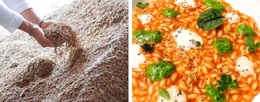
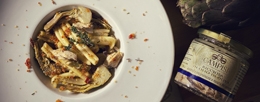

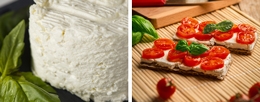
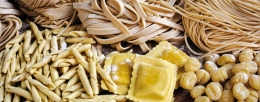
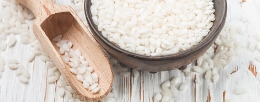
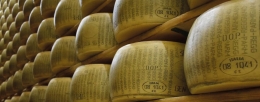
.jpg)
